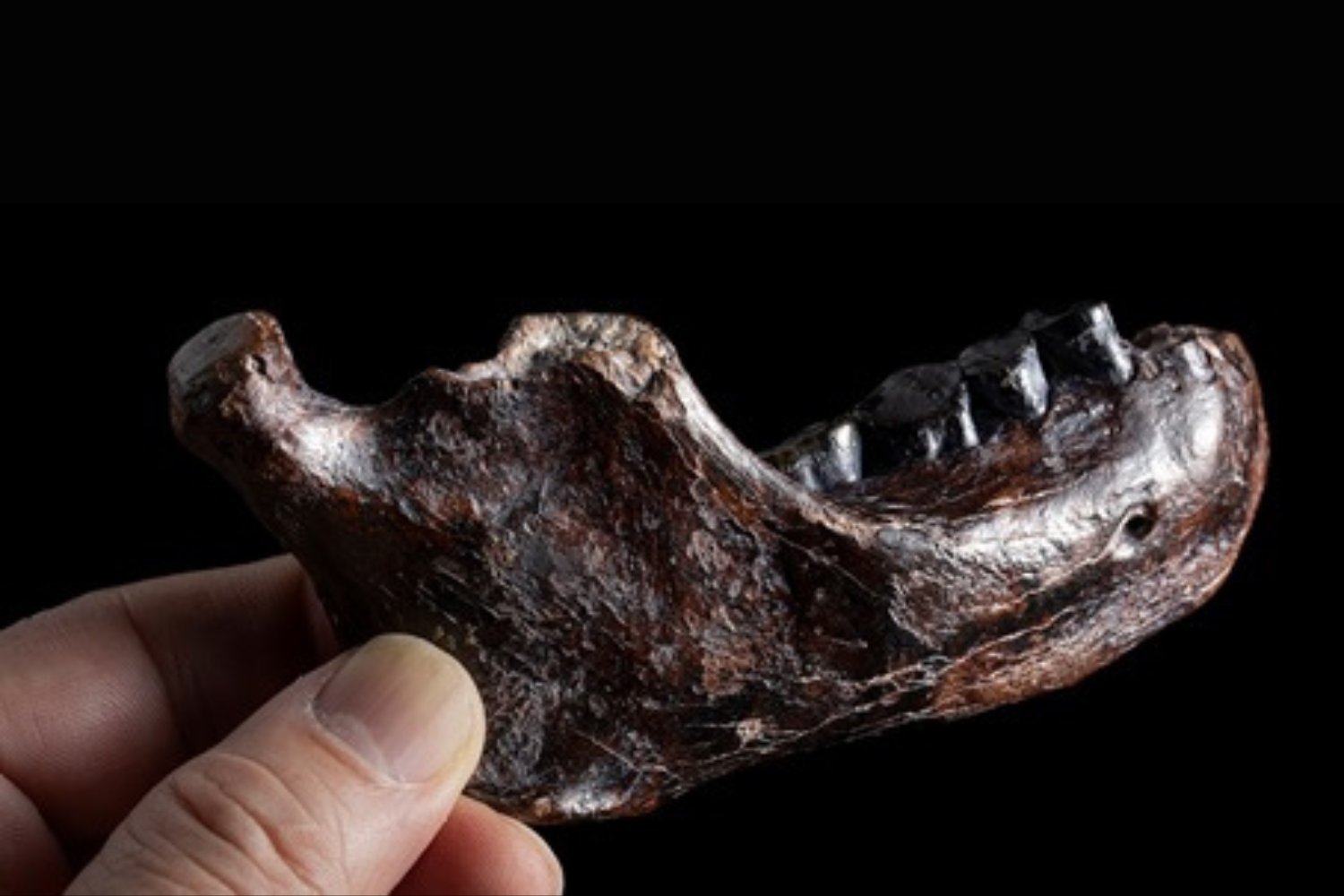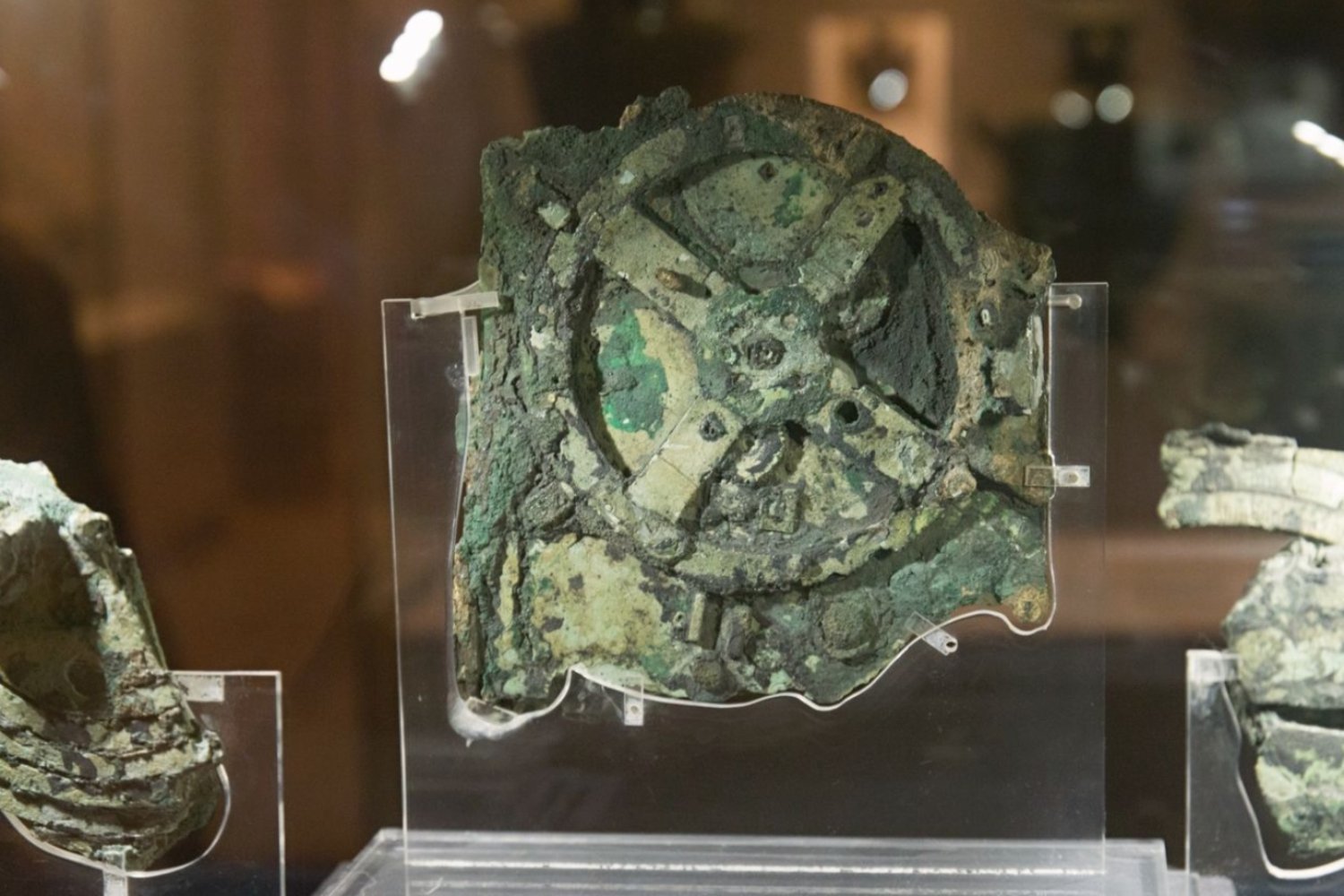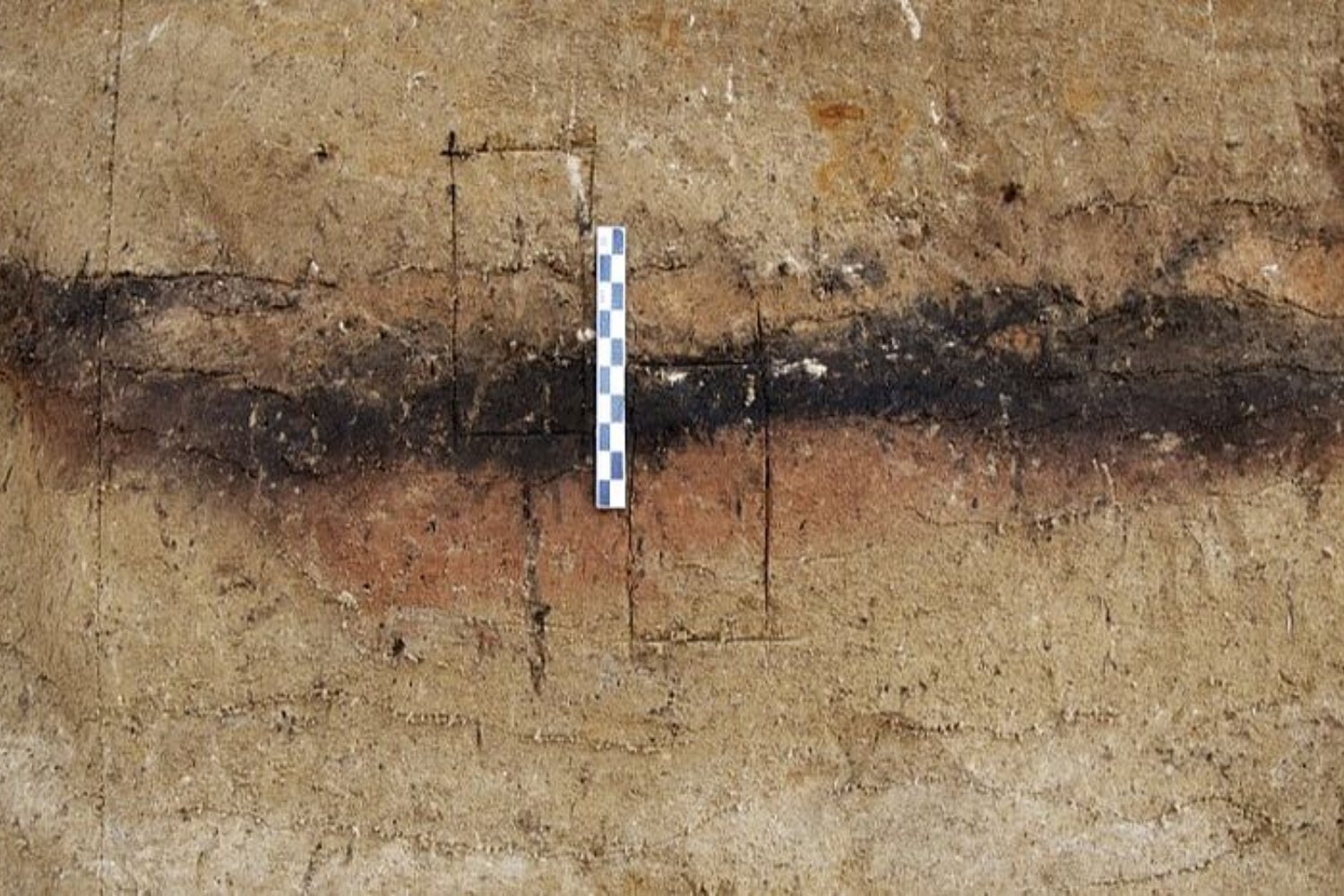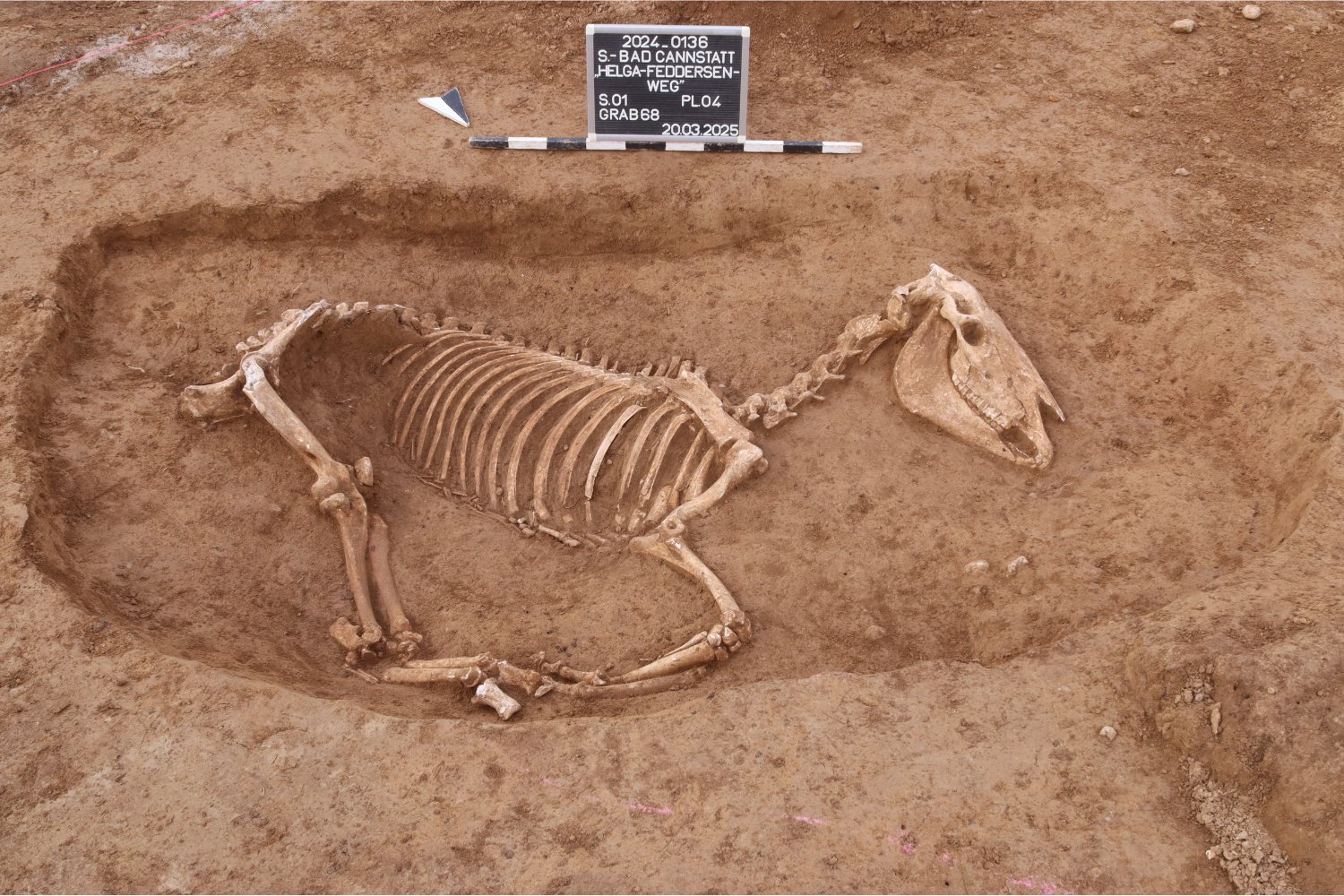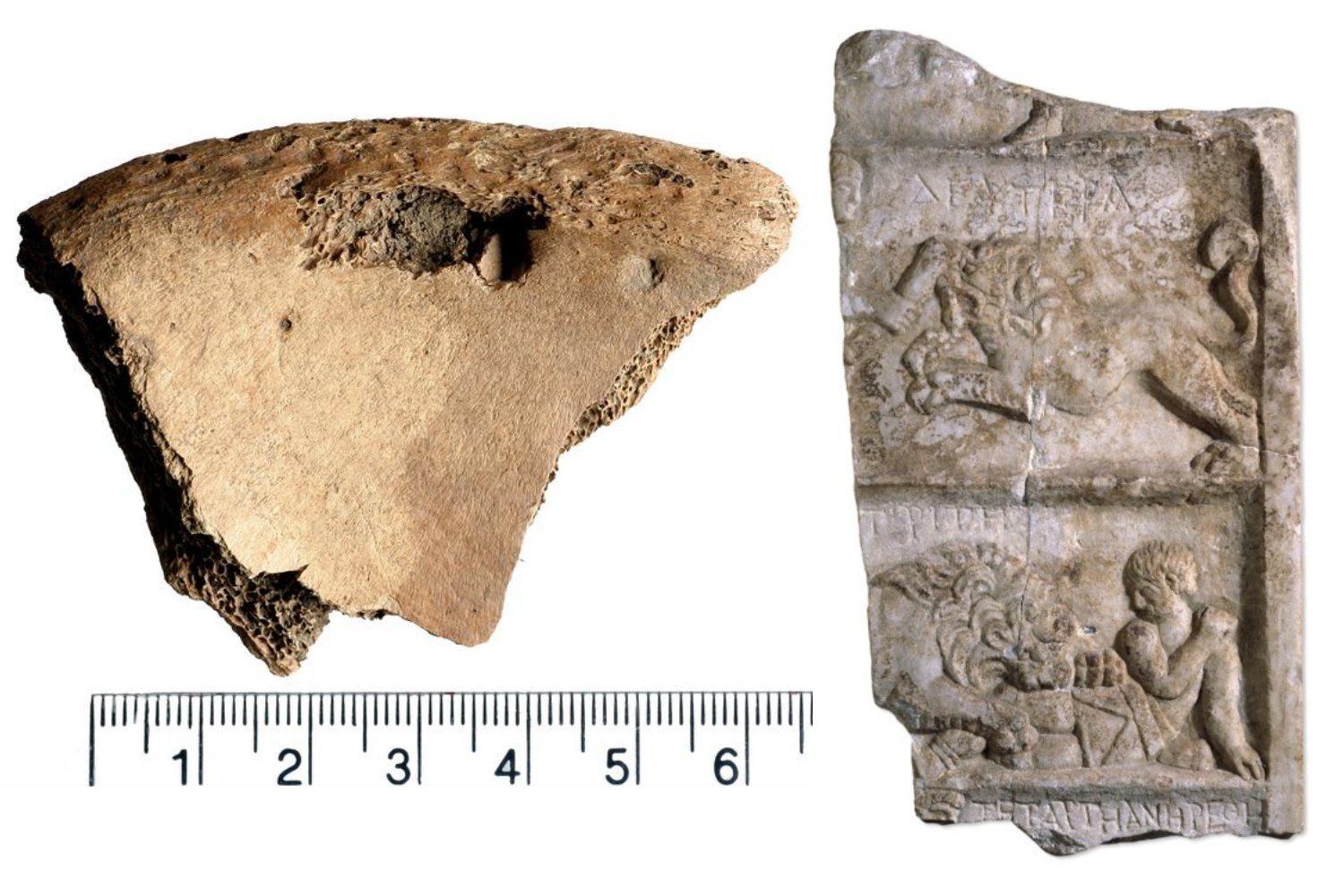The tragic sinking of the Titanic continues to captivate and haunt us over a century later. In 2022, deep-sea mapping company Magellan embarked on a groundbreaking mission, deploying two remotely operated vehicles (ROVs) 12,500 feet (3,800 meters) below the Atlantic’s surface. Their objective: to capture an unprecedented 715,000 photographs of the Titanic wreckage. These images have been meticulously assembled into a highly detailed digital twin, offering a new perspective on the disaster that claimed over 1,500 lives in 1912. This endeavor is documented in the upcoming National Geographic documentary Titanic: The Digital Resurrection.
This digital twin, one of the largest underwater 3D scans ever conducted, comprises a staggering 16 terabytes of data – the equivalent of approximately six million ebooks. The ROVs responsible for this feat, aptly named Romeo and Juliet, captured not only photographs but also millions of laser measurements. The resulting model is so precise that researchers can explore a life-sized projection, virtually walking the ocean floor alongside the wreck. The detail is remarkable, enabling a level of analysis previously impossible.
Unsung Heroes: The Engineers’ Sacrifice
One of the most poignant revelations from the digital twin concerns the ship’s engineers. Within one of the boiler rooms, experts identified concave boilers, suggesting they were still operational shortly before the Titanic’s final plunge. An open valve on the stern deck further corroborates this observation, indicating that steam continued to power the electrical systems until the very end. This aligns with survivor testimonies recounting the lights remaining on as the ship sank. This new evidence suggests a team of engineers bravely remained at their posts, keeping the furnaces running and the lights on for as long as possible, allowing for a safer evacuation in the dark of night. These unsung heroes ultimately perished, sacrificing themselves for the survival of others.
Corroborating Survivor Accounts
The digital twin also provides compelling visual evidence supporting survivor accounts. A smashed-in porthole, likely damaged by the iceberg, confirms reports of ice entering some cabins. Titanic analyst Parks Stephenson, who has personally dived to the wreck, notes that such details are difficult to observe in person from a submersible. The digital twin provides a comprehensive view, unlike the limited perspective offered by a submersible’s lights in the dark depths.
A Near Miss: Computer Simulation Reveals a Tragic Truth
Beyond the digital twin itself, researchers have created a computer simulation of the iceberg collision, revealing a devastatingly close call. The simulation shows the impact lasting just over six seconds. While the Titanic was designed to withstand flooding in four compartments, the long, thin gash inflicted by the iceberg breached six. Some of these fatal ruptures were no larger than two sheets of A4 paper. Tragically, this seemingly minor damage proved catastrophic. The gash itself isn’t visible in the 3D model as it’s now buried under ocean sediment.
The Power of Technology in Exploration
The Titanic‘s digital twin and the accompanying computer simulation underscore the transformative potential of technology in research. These tools enable scientists to investigate sites of interest in detail without endangering human lives or further disturbing delicate environments. The Titanic, a silent witness to a devastating tragedy, continues to share its story, thanks to these advancements. Its digital resurrection offers a poignant reminder of the human cost of the disaster and the heroism displayed in its final moments.




